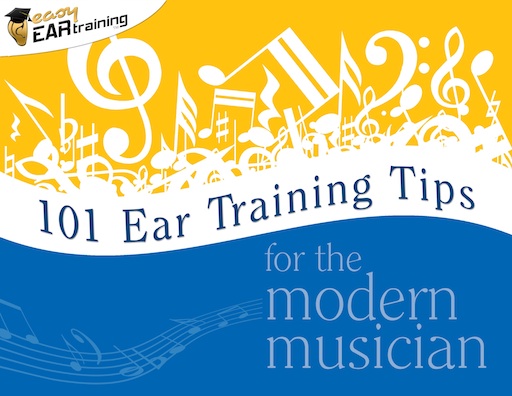Tip 62: How to Work Out the Notes in a Mode
Every major scale is based on the same pattern of intervals: whole step, whole step, half step, whole, whole, whole, half. But this isn’t just a handy way of figuring out the sharps and flats that belong in a major scale. Since each mode corresponds to a degree of the major scale, you can easily determine the notes of any given mode in any key, using the same pattern.
Say you needed to quickly determine the notes in an E Aeolian scale. We know that Aeolian corresponds with the sixth degree of the scale, so simply start count- ing the pattern of intervals from the sixth position. You’ll find a new pattern of whole, half, whole, whole, half, whole, whole. Count up from E with this interval pattern and you’ll have your mode! Each of them has their own pattern, based on the original Ionian one but starting at a different position on the scale.
